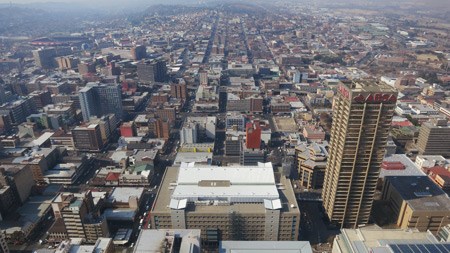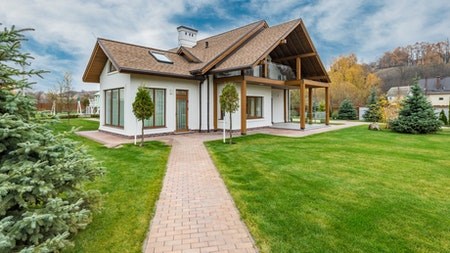"On Saturday 27 March, a record 126 countries and territories, over 4 000 cities, towns and municipalities and hundreds of millions of people across the globe took a stand for climate action by switching off their lights during Earth Hour 2010. It was an inspiring global confirmation that people do understand the role they can play in conserving our planet by reducing their energy consumption, among other efforts.
According to Eskom, the country saved 420 MW during Earth Hour, which translates to a concerted effort by an estimated one million households. As a result of the power savings, 400 t of carbon dioxide, 224 t of coal and 576 000 litres of water was saved at SA's power stations.
Just a few days later, on 1 April, the 25% Eskom electricity tariff increase came into effect, the first of three 25% increases granted to Eskom by NERSA over the next three years. In addition, municipalities that supply electricity direct to consumers are expected to increase their charges from July. Perhaps even more concerningly, Eskom has confirmed it would not be able to meet demand for electricity from 2011, despite the tariff increases. So we are paying more, but the crisis has not been averted.
Unfortunately this is no April Fool's joke. The cold reality is that whether for the sake of the planet, or for the sake of financial survival, or simply for the sake of avoiding future blackouts and load shedding, energy savings will have to become a way of life for all of us.
So, what does this mean for property investors? Actually, it has significant implications. Firstly, in future, tenants will highly value rental properties that are energy efficient, as they watch every cent in their budget. Property investors can expect that tenants will give preference to rental units that are fitted with energy efficient lighting, geyser thermostats and blankets, and other energy-saving devices, and are well-insulated to reduce heating and cooling costs.
Secondly, property investors will have to manage their tenants and their monthly expenses far more stringently. Because utility bills are only received a month after consumption and landlords must collect money for electricity and water in arrears, the risk of tenants running up water and electricity accounts they cannot afford is greater than ever in light of the massive price hikes. Insisting tenants open their own accounts with the municipality is also not a solution, because if a tenant defaults and the municipality is unsuccessful with the collection any arrears, the outstanding utilities are still reflected against the property. This means the owner will have to settle the arrears to have the utilities reconnected before placing another tenant or to obtain a clearance certificate before selling.
Since the tariff increase has already taken effect, property investors need to take swift and urgent action. Some options include using a rental management company to ensure the utilities amounts are collected, including the utility payments in the rental guarantee, and installing pre-paid electricity and water systems. Primary prepaid metering solutions are available from municipalities, but a privately owned secondary prepaid solution is the more efficient, and sometimes even cheaper, alternative. Tenants prepay their electricity and can monitor their usage. The risk of non-payment and disputes are eliminated.
Thirdly, the increasing cost of living will affect the size and features of properties in the future. The FNB Property Barometer Q4 notes that the first and obvious way for people to counter home operating cost increases is to buy a smaller home on a smaller stand, with less electricity and water-consuming luxuries such as a large garden, swimming pool and domestic workers' quarters. "We accept that infrastructure investment demands along with environmental issues may make more costly water and electricity a 'necessary evil' in years to come. The declining average size of stands and of homes… has arguably been a long term gradual trend taking place for a few decades. But adding sharp rapid increases in services costs to the mix can speed up the trend in increasing demand for smaller properties relative to big ones."
The report also notes that as household budgets are squeezed and transport costs rise, while people become more aware of the environmental impact of long commutes, properties near public transport facilities and near work centres will become highly sought after.
The flipside of these trends towards smaller properties and units, and densification around transport nodes and work centres, according to FNB, is a premium on private space and properties close to well-maintained public parklands.
The impact of climate change and the economic imperative of saving energy will have a far reaching impact on the way we live. As a result, property investors are well-advised to monitor the developments in this regard, to manage their increased risks, but perhaps most importantly, to identify the opportunities it will create."
Article courtesy of treoc.com



